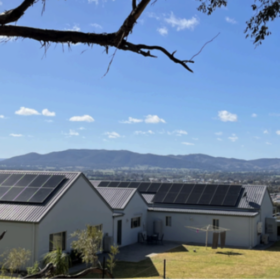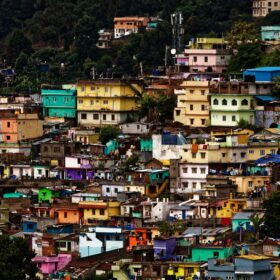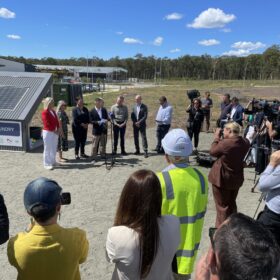巴西国有能源机构EPE最新数据显示,2024年电力需求88.2%来自可再生能源,其中风能和太阳能占总需求的24%。
数据来自以2024为基准年的《2025年国家能源平衡总结报告》。
除关于供电耗电的主要结论外,报告指出,2024年巴西小微分布式太阳能发电量达到41006 GWh,占总发电量的5.6%。
受稳定的水力和甘蔗生物质发电,以及黑液、生物柴油、风能和太阳能增长的推动,包括燃料在内的更广泛能源组合在去年占到50%可再生比例,达到自1989年来的最高水平。
报告还分析了各行业的消耗情况。工业能源消耗量同比增长1.4%,其中用电量增长4.1%,超过甘蔗渣成为该行业的主要能源。按工业消耗量计算,煤炭及其衍生物增长了 3.5%,木柴和木炭增长了2.1%,而燃油则下降了17.4%。可再生能源占工业能源消耗总量的64.4%。
在交通领域,可再生能源使用量增长2.7%,达到2024年的25.7%,主要由于水合乙醇消耗量增长30.1%和生物柴油增长19.3%。
报告还指出,全国乙醇产量同比增长2.8%,其中玉米乙醇占两成。
该报告首次纳入了电动汽车的能源消耗量。2024年,巴西将有21.53万辆电动汽车上牌,相关电力需求将达到309 GWh。
根据巴西光伏太阳能协会(ABSolar)的最新数据,巴西太阳能装机容量已达到55 GW。截至12月底,累计光伏装机容量为52 GW,今年截至目前新增约300 GW。
太阳能目前占巴西总装机容量的22.2%,成为第二大电力来源。
作者:LÍVIA NEVES
This content is protected by copyright and may not be reused. If you want to cooperate with us and would like to reuse some of our content, please contact: editors@pv-magazine.com.













By submitting this form you agree to pv magazine using your data for the purposes of publishing your comment.
Your personal data will only be disclosed or otherwise transmitted to third parties for the purposes of spam filtering or if this is necessary for technical maintenance of the website. Any other transfer to third parties will not take place unless this is justified on the basis of applicable data protection regulations or if pv magazine is legally obliged to do so.
You may revoke this consent at any time with effect for the future, in which case your personal data will be deleted immediately. Otherwise, your data will be deleted if pv magazine has processed your request or the purpose of data storage is fulfilled.
Further information on data privacy can be found in our Data Protection Policy.